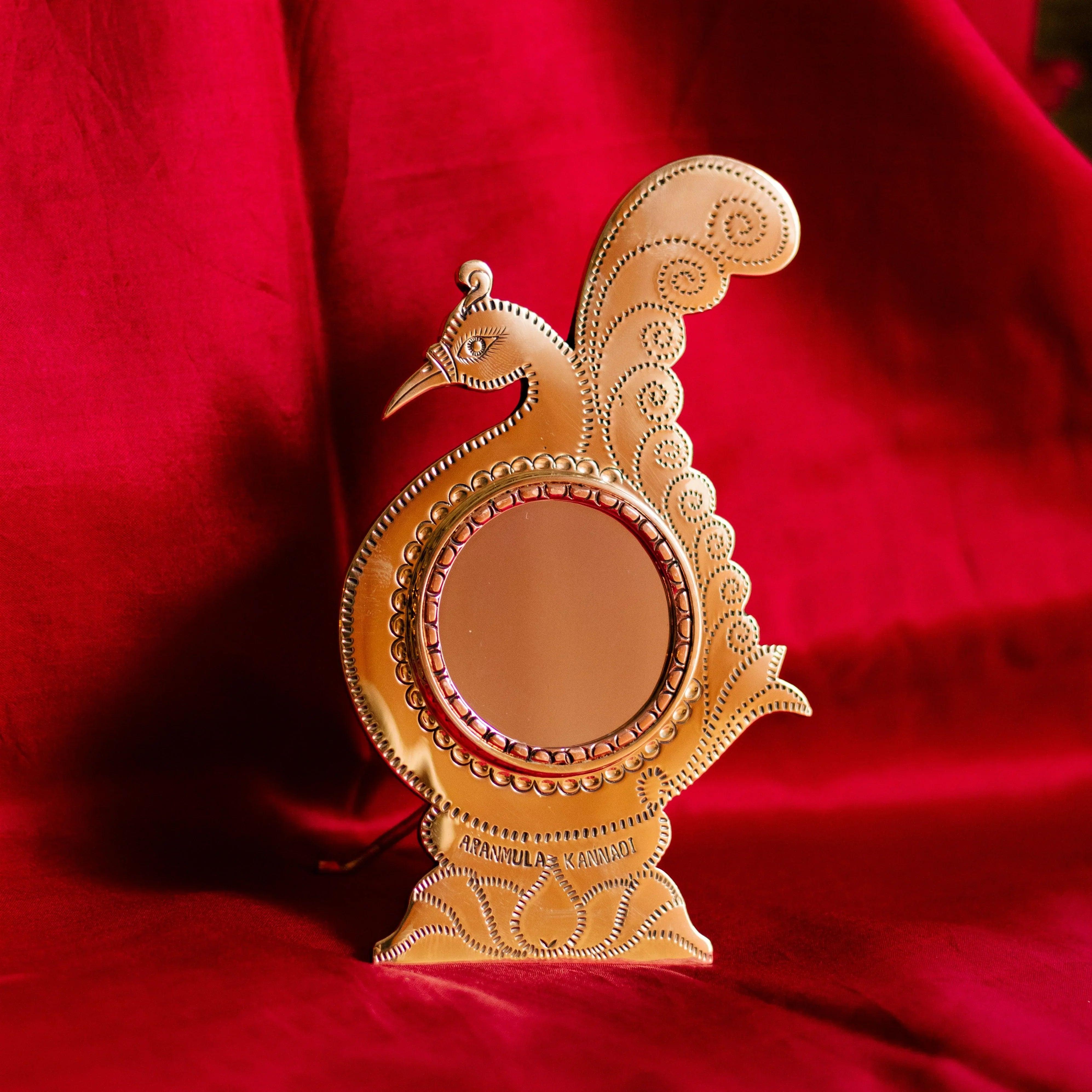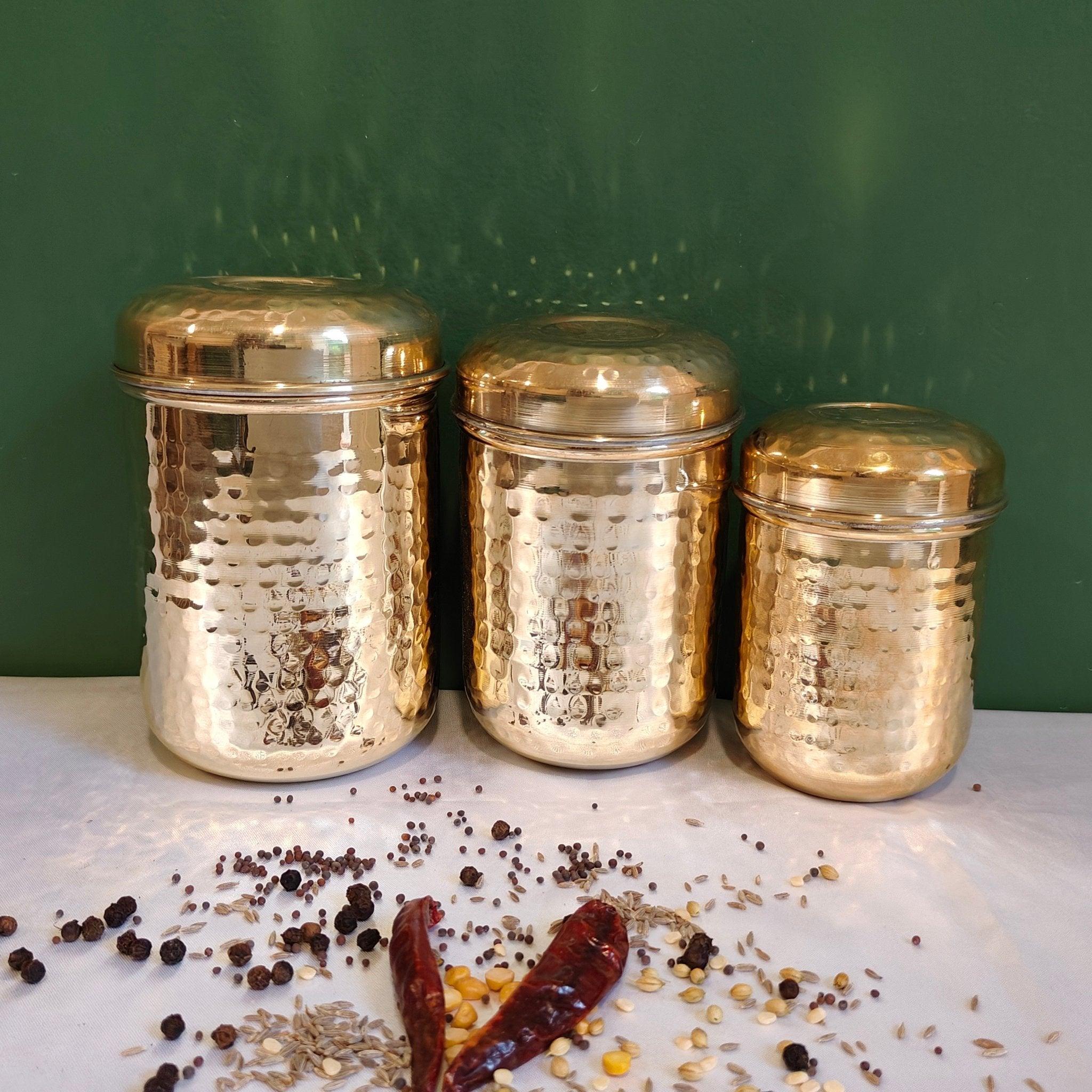History behind Meenakari Craft
Meenakari Craft is an age-old Indian art form of enamelling metal surfaces with vibrant colours, patterns, and designs. The craft is believed to have originated in the city of Persia and traveled to India in the 16th century. It is said that the Mughal Emperor Akbar was instrumental in introducing Meenakari to India, and it flourished during his reign.
Initially, Meenakari was used to decorate the interiors of Mughal palaces, including walls, ceilings, and even thrones. Over time, it evolved into a decorative art form for jewellery, utensils, and other metal objects. Meenakari work involves intricate designs that are etched onto the metal surface, which is then filled with various colours of enamel.
The process of Meenakari involves a series of steps, starting with the cleaning of the metal surface, followed by engraving the design onto it. The next step is to fill the cavities created by the design with enamel paste. The object is then fired in a kiln to allow the enamel to fuse with the metal surface. Finally, the object is polished to give it a glossy finish.
Meenakari is primarily associated with the state of Rajasthan in India, where the craft has been passed down through generations of artisans. Jaipur is famous for its Meenakari jewellery, which is exported all over the world. Meenakari work is also popular in other parts of India, including Gujarat, Uttar Pradesh, and West Bengal.
Today, Meenakari is not just a traditional art form but also a thriving industry that employs thousands of artisans across India. The craft has also been recognized by the government of India, which has set up several institutions to promote and preserve this ancient art form.

The making process of Meenakari Craft
The process of creating Meenakari craft involves several steps that require skill, patience, and attention to detail. Here is a brief overview of the process:
- Preparation of the base metal: The first step in Meenakari is to prepare the base metal, which is usually copper or silver. The metal surface is cleaned thoroughly to remove any dirt, oil, or grease.
- Designing: The next step is to design the object or piece of craft that will be enamelled. The design is drawn onto the metal surface using a fine-tipped brush.
- Engraving: Once the design is in place, the metal is engraved using a small chisel or burin. The engraving creates small cavities or cells that will be filled with enamel.
- First Firing: After the engraving is complete, the metal is fired in a kiln to fuse the design with the surface of the metal.
- First Coating: The metal is then coated with a layer of white enamel, which serves as the base for the colours that will be added later.
- Second Firing: The metal is fired again in a kiln to set the white enamel.
- Applying colours: The enameler then applies the colours to the cells in the design using a brush. Each cell is filled with a different colour of enamel. The colours are allowed to dry completely before moving on to the next step.
- Polishing: Once the enamel has dried completely, the object is polished with a mixture of charcoal and oil to remove any rough edges or excess enamel.
- Final Firing: Finally, the object is fired in the kiln one last time to set the enamel and give it a glossy finish.
- Finishing: The final step is to add any additional embellishments, such as stones or beads, and to attach any necessary components, such as earring hooks or necklace chains.
Meenakari is a labor-intensive and time-consuming process that requires a great deal of skill and expertise. The final product is a stunning piece of art that is both beautiful and functional.


How to maintain Meenakari craft
Meenakari craft requires proper care and maintenance to preserve its beauty and durability. Here are some tips on how to maintain Meenakari craft:
- Avoid exposure to moisture: Meenakari is made of metal and enamel, which can be damaged by moisture. Therefore, avoid immersing Meenakari craft in water doing any activity that involves exposure to water.
- Store properly: Store Meenakari craft in a cool, dry place, away from direct sunlight. Use a soft cloth or pouch to protect it from scratches and tarnishing.
- Clean regularly: Meenakari craft can be cleaned using a soft, dry cloth to remove any dust or debris. For tougher stains or tarnishing, use a mild detergent solution and a soft brush to gently clean the surface. Avoid using harsh chemicals or abrasive materials that can damage the enamel.
- Handle with care: Meenakari is delicate and can be easily damaged if handled roughly. Avoid dropping or knocking Meenakari objects.
- Avoid exposure to chemicals: Meenakari can be damaged by exposure to chemicals such as perfumes, hairspray, and cleaning agents. Therefore, avoid spraying these substances directly onto Meenakari objects.
- Re-polish if necessary: Over time, Meenakari objects may lose its lustre and shine. Finely use natural polish to get the shine back.
By following these simple maintenance tips, you can ensure that your Meenakari craft remains beautiful and lasts for years to come.
Cultural Significance of Meenakari Craft


Meenakari craft has significant cultural and historical significance in India. It is not only a traditional art form but also a symbol of India's rich cultural heritage. Here are some ways in which Meenakari craft is culturally significant:
- Representation of Indian art: Meenakari craft reflects the intricate and colourful art forms that have been a part of Indian culture for centuries. The craft is a symbol of the artistic expression of the Indian people, and it has played a significant role in the country's cultural history.
- Symbolism of colours: Meenakari uses a range of vibrant colours, each of which has a symbolic meaning. For example, red symbolizes passion, blue represents tranquility, and green symbolizes fertility. These colours are often used in religious and cultural ceremonies in India.
- Connection to religious ceremonies: Meenakari is closely associated with Hinduism and is often used in the creation of religious artefacts such as idols, puja thalis, and other religious objects. The craft is an integral part of Indian religious ceremonies and is considered a sacred art form.
- Significance in royal culture: Meenakari craft was highly valued by Indian kings and royalty, who used it to decorate their palaces, thrones, and other ceremonial objects. The craft was a symbol of wealth and prestige and was considered a mark of social status.
- Heritage and Tradition: Meenakari has been passed down from generation to generation, and its continued practice is a testament to India's rich cultural heritage. The craft is a symbol of India's artistic and cultural legacy and represents the country's commitment to preserving its traditions and customs.
In summary, Meenakari craft is a culturally significant art form that has played an important role in India's history and cultural heritage. Its vibrant colours, intricate designs, and symbolism continue to be valued and celebrated today.




8 comments
Todd Pearson
Thanks for this! I’ve always been curious about this kind of work, and have started to collect it. Very informative!
Navya
So beautiful blog on this artform everyone loves it. Here are some of my links if you would like to visit.
https://www.youtube.com/shorts/4mlidNZ-2tU
https://www.youtube.com/shorts/4LGzshtJxcY
https://www.youtube.com/shorts/eHM8AQDYIks
https://www.youtube.com/watch?v=3KC28ITzg50&t=25s
https://www.youtube.com/watch?v=9j4FBXqMrpI&t=274s
https://www.youtube.com/watch?v=_UtqU-z8w4o&t=433s
https://www.youtube.com/watch?v=aPZc_ti2GHk&t=476s
https://www.youtube.com/watch?v=LhSZ0Swk87U&t=3s
Navya
So beautiful blog on this artform everyone loves it. Here are some of my links if you would like to visit.
https://www.youtube.com/shorts/b4WS4pQaYQo
https://www.youtube.com/shorts/av6EarYBXdI
https://www.youtube.com/shorts/D4LETGSoUtg
https://www.youtube.com/shorts/xl4AbAqalbU
https://www.youtube.com/shorts/3PalxZzefHc
https://www.youtube.com/shorts/A5eK2Lz6WNU
https://www.youtube.com/shorts/TVyDFCJ-R3c
https://www.youtube.com/shorts/3TI5rEk3Pzs
https://www.youtube.com/shorts/FOUwO0TVM28
https://www.youtube.com/shorts/rOf0R1wKbgk
https://www.youtube.com/shorts/gkNUnDCmebU
https://www.youtube.com/shorts/GP4nJcJXw_0
https://www.youtube.com/shorts/nUZ2k3AYeVY
https://www.youtube.com/shorts/4mlidNZ-2tU
https://www.youtube.com/shorts/4LGzshtJxcY
https://www.youtube.com/watch?v=xM4K7ghEftE
Shweta
The blog is so-detailed about the history, the process and aftercare as well. Very informative.
If anyone wants to learn this Meenakari art form for themselves then do attend this workshop: https://www.penkraft.in/WorkshopDetails/index?id=949
Penkraft has many such workshops listed on their website: https://www.penkraft.in/
Shweta
The blog is so-detailed about the history, the process and aftercare as well. Very informative.
If anyone wants to learn this Meenakari art form for themselves then do attend this workshop: https://www.penkraft.in/WorkshopDetails/index?id=949
Penkraft has many such workshops listed on their website: https://www.penkraft.in/
Leave a comment
All comments are moderated before being published.
This site is protected by hCaptcha and the hCaptcha Privacy Policy and Terms of Service apply.